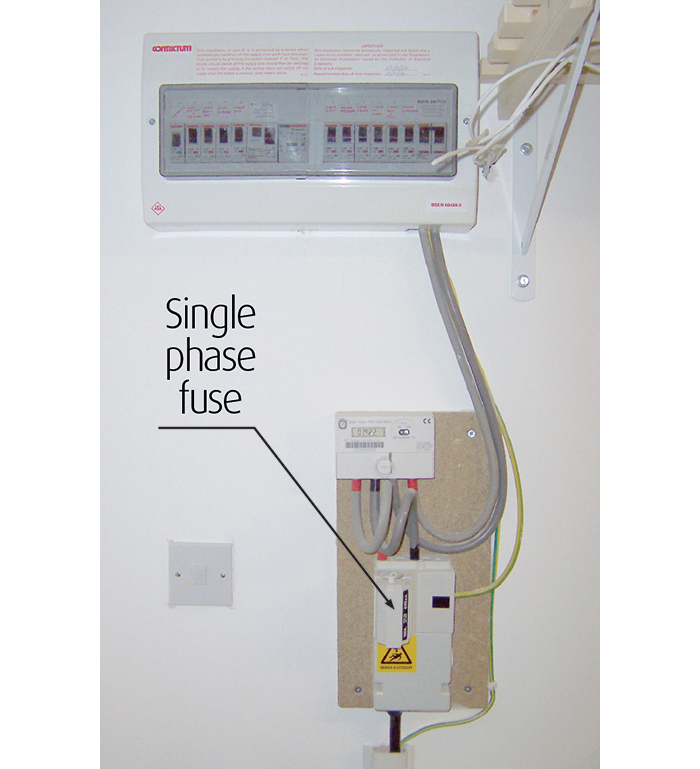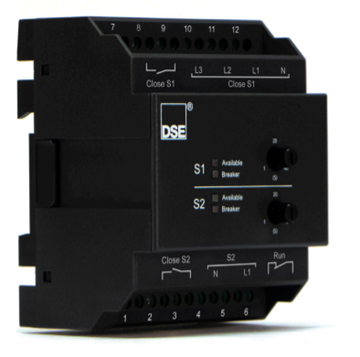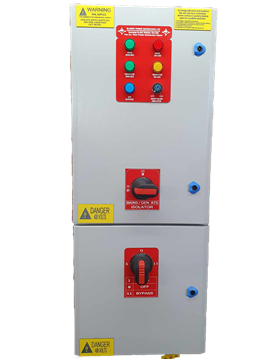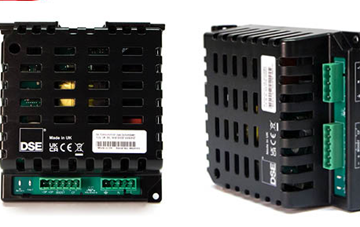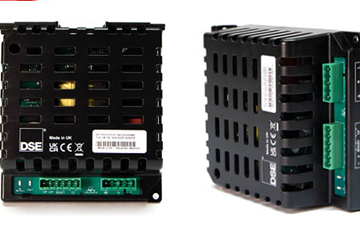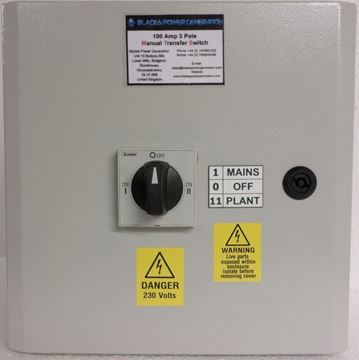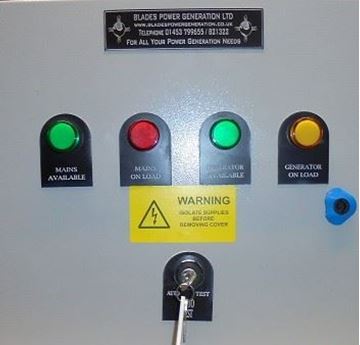Should you invest in a standby generator in the UK? Well, the fact is that we do have power outages in various areas from time to time, and these are likely to increase over the next few years as we switch over to electric cars. The electricity grid at the moment is just about managing, but as more and more people plug in to charge their cars there can well be more failures.
Furthermore, it is possible that electric vehicle owners may allow a third party to charge their cars for them if this provides them with benefits. All well and good, but if a third-party operator is managing a large number of charging points and charges too many vehicles too quickly it is very possible the electricity grid would not be able to respond fast enough. This is just one of the reasons that you might want to buy a new generator in the UK to deal with these power outages.
To some extent, whether or not you want to buy a new generator in the UK is a matter of personal preference. For some people, even suffering from a single blackout is enough to justify buying a generator, but more often it is the likelihood of suffering from blackouts by which the need is determined. If you live in an area where they occur more frequently, or they go on for a long period when they do, then buying a standby generator makes a lot of sense.
When connected to an automatic transfer switch, your standby generator will kick in straight away and so you would only be without power for a matter of some seconds.
Generators are available in many sizes and can be powered by diesel, natural gas or LPG. Generators can also be air-cooled or liquid-cooled. Air-cooled generators are less expensive, but they are also louder than liquid-cooled, and this may not be a good idea if you live in a tight-knit community.
Your generator also needs to be well-maintained. They can run for many hours just like cars and so need to be maintained in the same way. You need to check the engine oil daily, and if it is running non-stop for several days, as happened during the Great Storm of October 1987, the oil needs to be changed after about ten days along with the filter.
Calculating the size of generator that you need for your home needs to be done by a professional, so if you are in the market for one, talk to us at Blades Power Generation.













